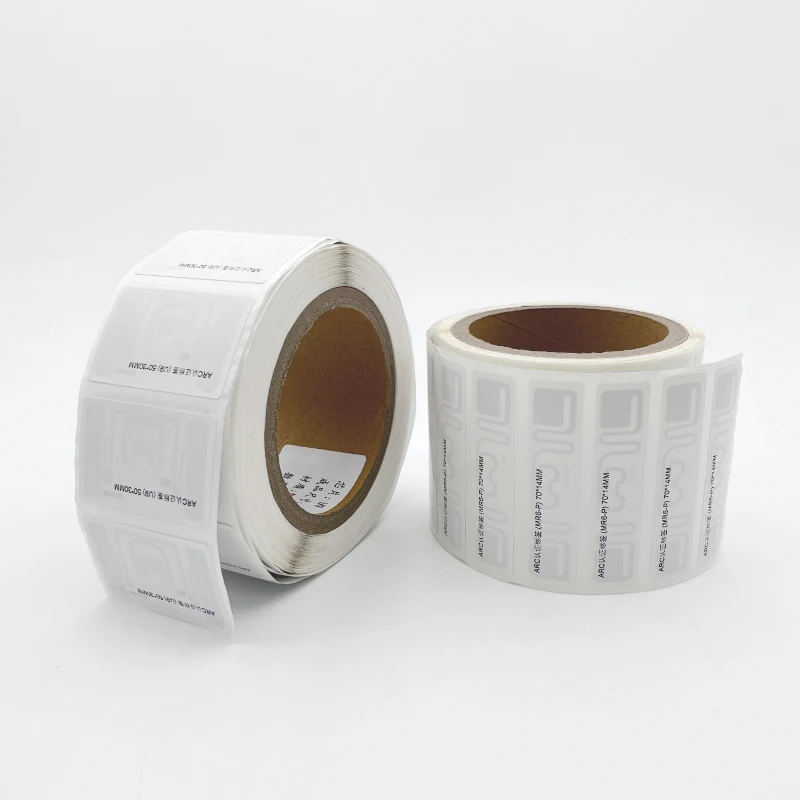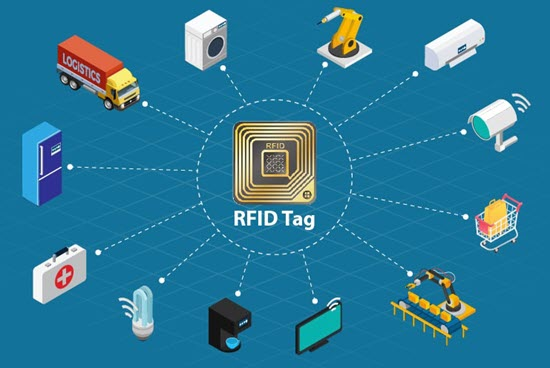
What is the production process of RFID tags?
The RFID tag production process includes lamination to bond layers together, die-cutting to achieve size, and slitting for individual tag usability.
RFID inlays are essential components in various applications, and they come in different types tailored for specific environments and uses. This article explores the distinctions between wet and dry RFID inlays, their classifications, and considerations for choosing the right type for your application.
RFID inlays can be categorized based on several criteria, including their adhesive properties, frequency, form factors, antenna designs, and encapsulation materials.
Wet vs. Dry Inlays:
Wet RFID Inlays: These inlays feature an adhesive backing, allowing them to be directly applied to surfaces such as packaging or products without additional processing. They are ideal for applications requiring immediate adhesion.
Dry RFID Inlays: In contrast, dry inlays do not have an adhesive backing and are typically supplied on a carrier substrate. They necessitate further processing, such as lamination or embedding, to attach them effectively to surfaces. This type offers greater flexibility for custom integration methods.
Low-Frequency (LF) Inlays: Typically used for applications requiring short-range communication.
High-Frequency (HF) Inlays: Suitable for applications like access control and payment systems.
Ultra-High-Frequency (UHF) Inlays: Ideal for long-range applications with faster data transfer rates.
Form Factors and Antenna Designs: Inlays vary in size, shape, and antenna configurations, allowing them to be customized for specific industry needs, from logistics and retail to healthcare and manufacturing.
The primary distinction between wet and dry RFID inlays lies in their adhesive properties:
Wet Inlays:
Have an adhesive backing for immediate application.
Best suited for environments where quick adhesion is needed.
Dry Inlays:
Lack adhesive backing and require additional processing for integration.
Offer flexibility for customized embedding or lamination.
When deciding between a wet RFID inlay and a dry RFID inlay, consider the following factors:
Adhesion Requirements: If immediate adhesion is necessary, opt for wet inlays. For more flexible integration methods, dry inlays are preferable.
Integration Complexity: Wet inlays are easier to deploy due to their pre-attached adhesive, while dry inlays allow for customized integration but may require more complex processing.
Application Environment: Assess the environmental conditions. Wet inlays are suitable for areas with moisture exposure, while dry inlays work well for precise placement or embedding.
Deployment Speed: For rapid deployment, wet inlays are advantageous. If time permits, dry inlays can offer more deployment options.
Cost Considerations: Evaluate the overall costs, including processing and integration expenses. Wet inlays may have higher upfront costs, while dry inlays might be more economical in certain scenarios despite additional integration costs.
By carefully considering these factors and your specific application requirements, you can effectively determine whether a wet or dry RFID inlay is the best fit for your needs.
Newest trends and common knowledge in RFID laundry tags.

The RFID tag production process includes lamination to bond layers together, die-cutting to achieve size, and slitting for individual tag usability.

Discover how Fisher Textile Services revolutionizes laundry management with advanced RFID tag technology, enhancing efficiency and reducing losses effectively.

Efficient laundry management is crucial for businesses in various sectors, including hospitality, healthcare, and industrial laundry services. RFID laundry tags have emerged as a game-changer, offering enhanced tracking, inventory management, and operational efficiency.
Didn’t find what you want? Ask our manager for help!